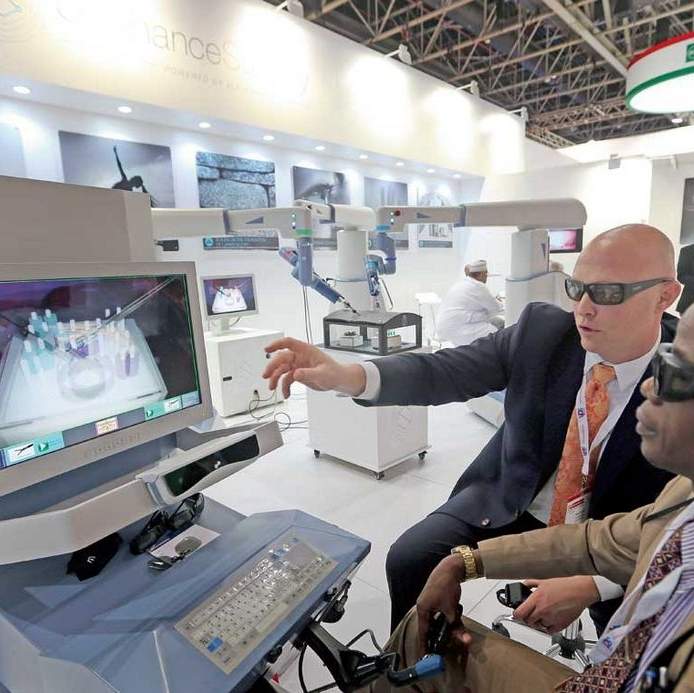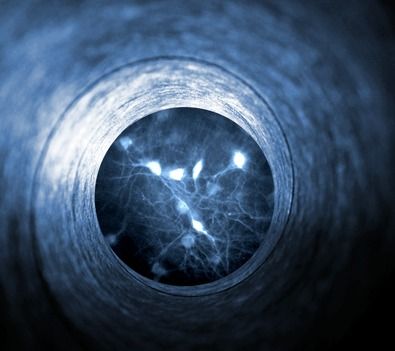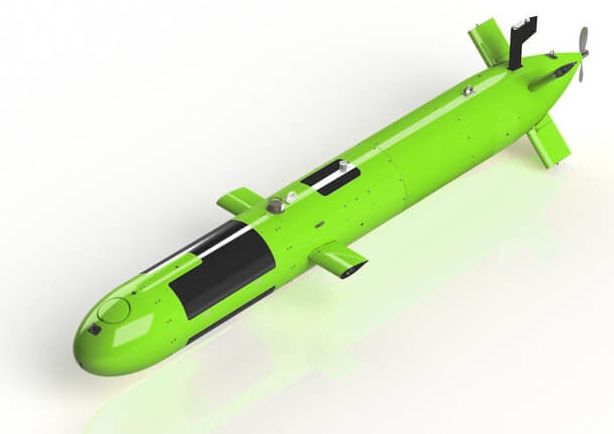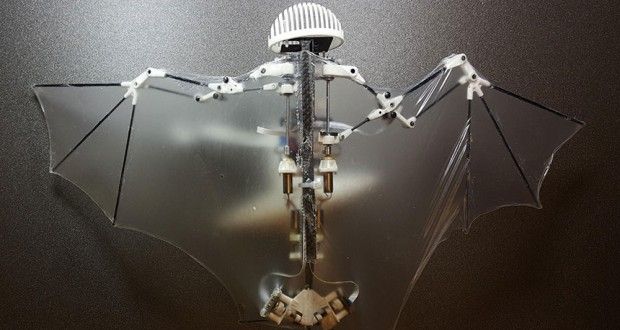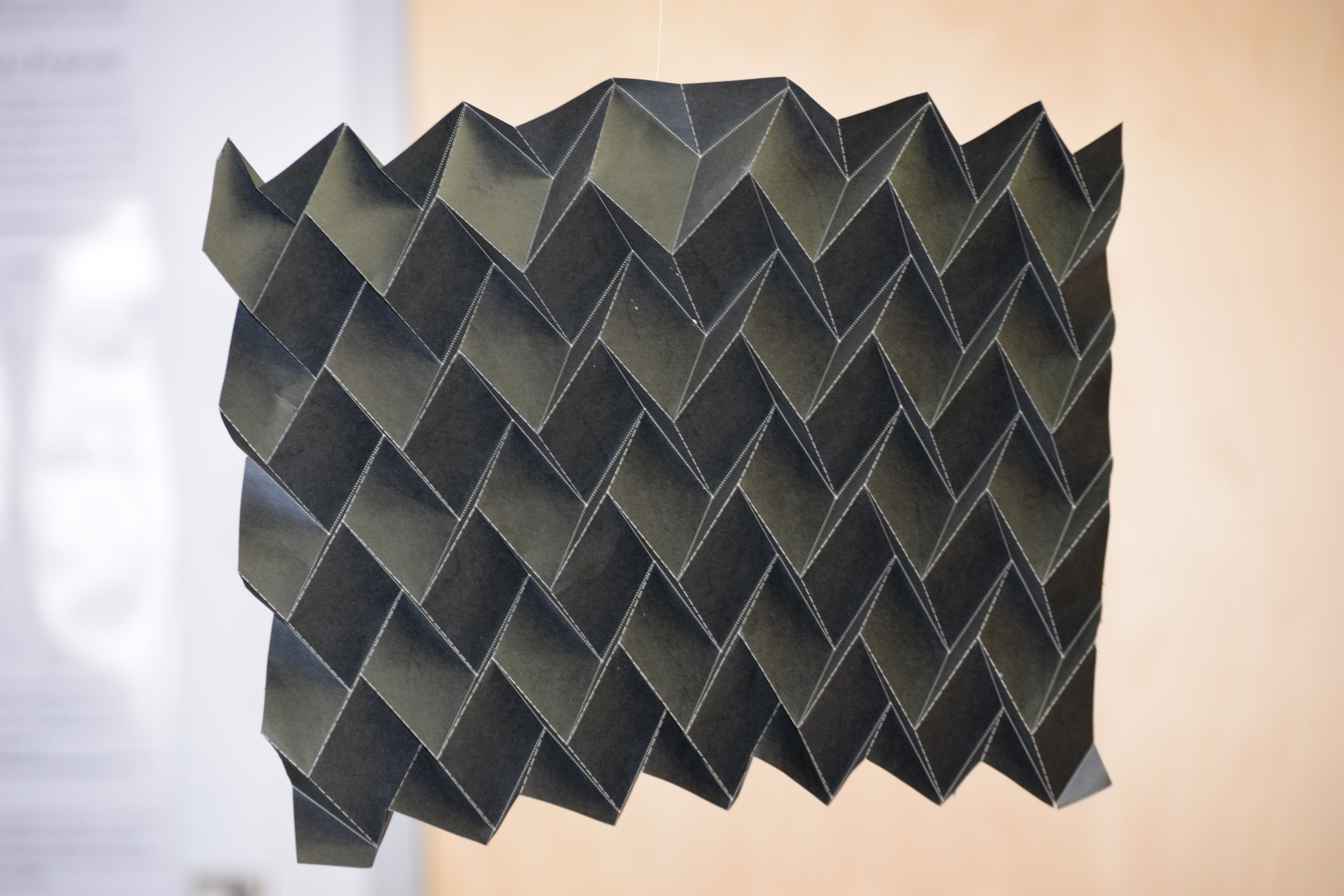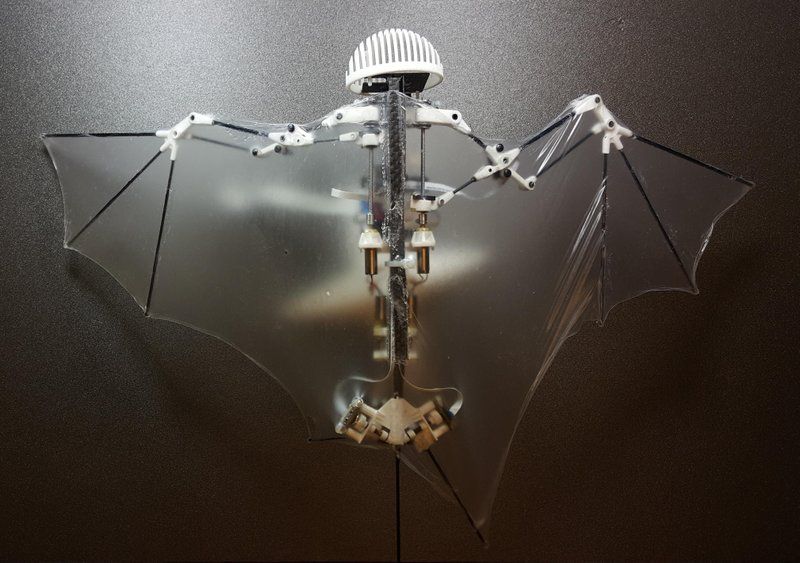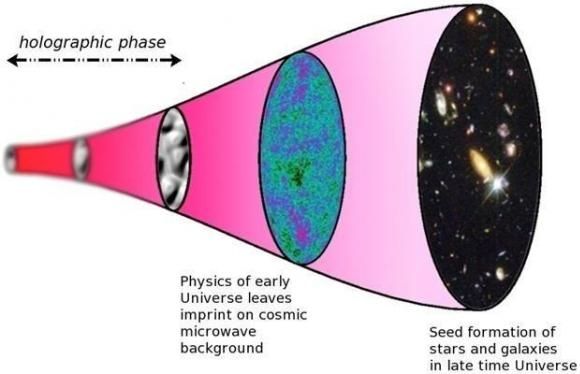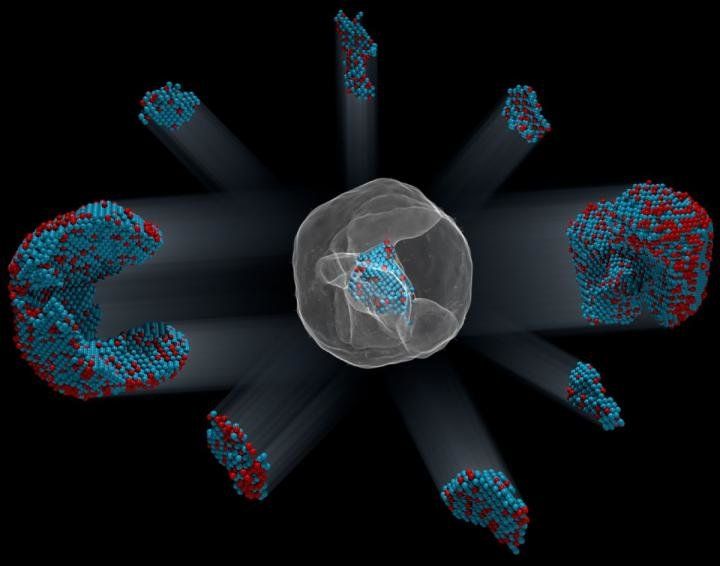Feb 1, 2017
Robots and bio-printing change the face of surgery in UAE
Posted by Karen Hurst in categories: 3D printing, bioprinting, biotech/medical, government, health, robotics/AI
Highly sophisticated robotics and ‘bio-printing’ are rapidly changing the face of modern surgery, significantly eliminating the risk of human error and in some cases even allowing doctors to perform procedures remotely, according to experts at Arab Health.
Dr Peter C.W. Kim, vice-president and associate surgeon-in-chief of the Joseph E. Roberts Jr. Centre for Surgical Care at Washington DC’s Children’s National — which has received millions of dollars in donations from the UAE’s government — noted that doctors will soon be able to 3D-print using bio-tissue, such as for an eardrum.
“What our engineers and researchers have done is not only design the plastic with it, but also graft cells onto it,” he said. “This is where we are going. You will (in the future) be able to have organs on the shelf. Instead of harvesting it, you can print it.”
Continue reading “Robots and bio-printing change the face of surgery in UAE” »
